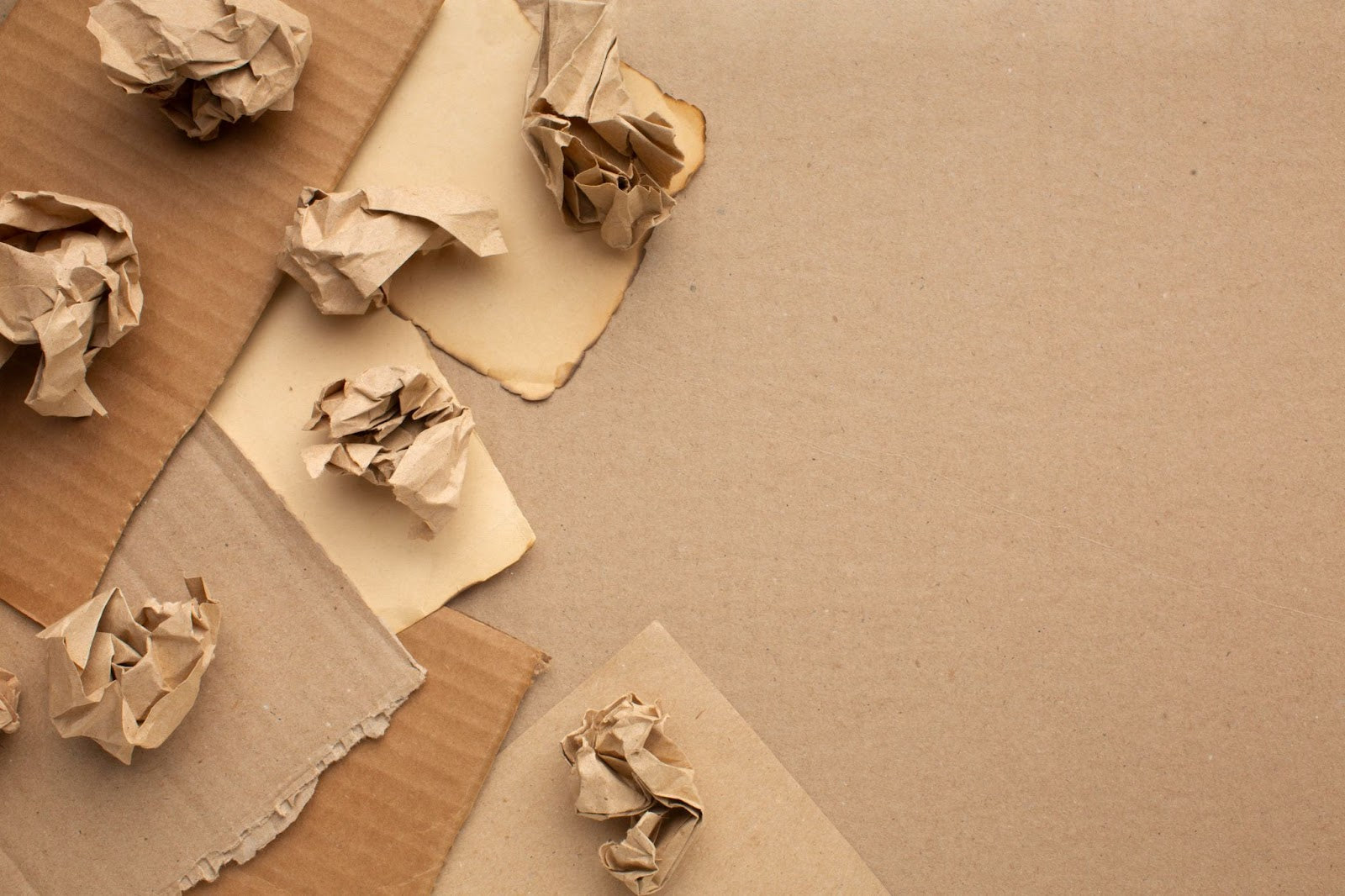One of the key components of the recycled paper manufacturing process is the distribution of the finished product. Recycled paper manufacturing is a critical process that significantly reduces environmental impact by conserving resources, reducing waste, and lowering emissions.
This blog explores the intricate distribution process of recycled paper. The distribution process of recycled paper involves several key steps that ensure the final product reaches consumers in a timely and efficient manner.
From sourcing the raw materials to delivering the finished product to retailers, the distribution process plays a critical role in bringing recycled paper to the market.
Collection
The distribution process of recycled paper begins with the collection of used paper products. This can include newspapers, cardboard boxes, and office paper. Once collected, the paper is sorted and sent to recycling facilities where it is then processed.
Manufacturing of Recycled Paper
Once the raw materials have been sourced and processed, the next step is manufacturing the recycled paper. This involves mixing the recycled paper fibres with water to create pulp, which is then pressed and dried to form sheets of paper. The manufactured paper is then cut, packaged, and prepared for distribution to retailers and consumers.
Recycled paper- Quality Control
Throughout the production process, quality control is crucial to ensure that recycled paper meets high standards. Regular quality checks are performed to detect imperfections and ensure that the final product is comparable to virgin paper. This step is essential for maintaining the integrity and marketability of recycled paper?.
As explained by Shipping and Commodity Academy, The quality of recycled paper depends on several factors, such as the quality of the original paper, the type of ink used, and the recycling process. If the quality of the recycled paper is poor, it can affect the final product’s quality, leading to customer complaints and loss of business.
Distribution to End-Product Manufacturers
Once the recycled paper is manufactured, it is wound into jumbo reels, which are trimmed and rolled into smaller rolls for distribution. These rolls are then packed and labelled with barcodes to minimise damage during transit. The final products are stored in warehouses until they are dispatched to various end-product manufacturers??
Conversion into Consumer Products
End-product manufacturers use recycled paper rolls to produce a variety of consumer goods, such as cardboard boxes, wrapping paper, tissue rolls, and office paper.
This step ensures that recycled paper finds its way into homes and offices, contributing to sustainability efforts??. According to the Environmental Paper Network (EPN), recycling one ton of paper can save 17 trees and 7,000 gallons of water.
Once there is demand, the final material is loaded into trucks or containers and post the issue of a Tax invoice, dispatched for delivery to the end product manufacturers like Rescript.
Challenges in the Distribution Of Recycled Paper
The distribution of recycled paper faces challenges such as contamination and market fluctuations.
Contamination, both from out-throws and prohibitive materials, can affect the quality of recycled paper. Out-throws are any contaminants that can be picked out during the recycling process. Prohibitive materials, by contrast, cannot be physically separated and generally include chemical contaminants that require further processing.
The market rates for recycled paper need to be competitive with virgin paper to encourage widespread use. The willingness of producers to buy the finished recycled paper is related to market rate difficulties.
Virgin fibre costs almost the same as recycled fibre, so the final products need to be of similar quality. Contaminants can reduce the quality of the final recycled product and make it less desirable.
Retailers play a critical role in making recycled paper products accessible to consumers, as they are responsible for displaying and promoting the products in their stores.
Conclusion
Recycled paper manufacturing and distribution play a vital role in promoting environmental sustainability. By understanding and optimising each step of the process, from collection and sorting to quality control and final distribution, we can ensure that recycled paper remains a viable and eco-friendly alternative to virgin paper.
Supporting recycled paper products helps reduce deforestation, save energy, and minimise waste, paving the way for a greener future?.
Join us on our sustainability mission, switch to Rescript’s Recycled Notebooks & Stationery today!


